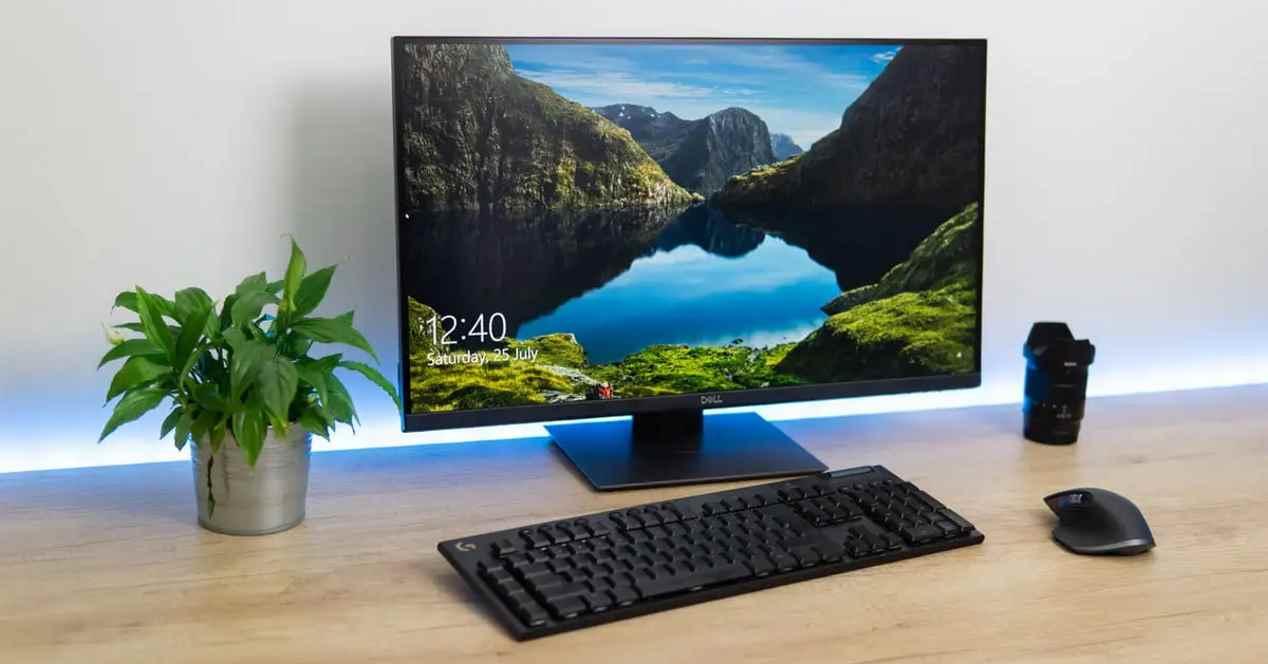Sometimes we find a monitor in bulk at home or buy a used one because we need an extra screen to function. It’s those times when we don’t have the specs we’d like know the screen resolution. However, the process of knowing this information is much easier than you might think. You just need to follow a few small steps.
The screen’s native resolution is the maximum a monitor can reproduce with a 1:1 correlation between the image pixels and the physical ditto of the panel. This is represented by the number of pixels per horizontal line x the number of pixels per vertical line. As the panel is a rectangle, this gives us the total area measured in points or pixels
How to know the screen resolution of our monitor?
The process is simple, you just need to follow these steps:
- Right-click on the Windows icon in the taskbar and select Settings
- System
- Select the screen in the left bar and scroll down
- You’ll come to a section that says “Scale and distribution, well, in screen resolution, the one that Windows marks as recommended is the one that supports your monitor.
- System
That’s it, you don’t need to do more to find out the screen resolution of your monitor.
Why is it important to know?
Well, for the simple fact that LCD and OLED screens, not being based on CRT technologies, means that if we transmit images below the output resolution, a significant loss in image quality is caused. In old CRT displays, the color of each scan line was achieved by varying the voltage of the video signal. By changing the current screens, being a matrix of points where each one must have a different color, they do not allow transitions from one point to another.
The frame buffer is nothing more than the final image generated by the graphics card and copied at high speed to the monitor screen. What happens when there are fewer dots or pixels in the transmitted image than in the one emitted by our monitor? Well then the screen interface of our graphics card must fill in the missing gaps, generally with transmission by interpolation, where an intermediate color is sought for neighboring pixels without information. The result? A sudden drop in image quality because images are not reproduced at their resolution n
Let’s not forget that when we use the applications in windowed mode, we are really sacrificing output resolution and with it image quality in exchange for using our desktop space. When we adjust the size of an edge or an image, we also lose detail and what we see with our eyes is the result of an interpolation. Similarly, if the output resolution is higher than the monitor, the display driver will be forced to suppress detail.










